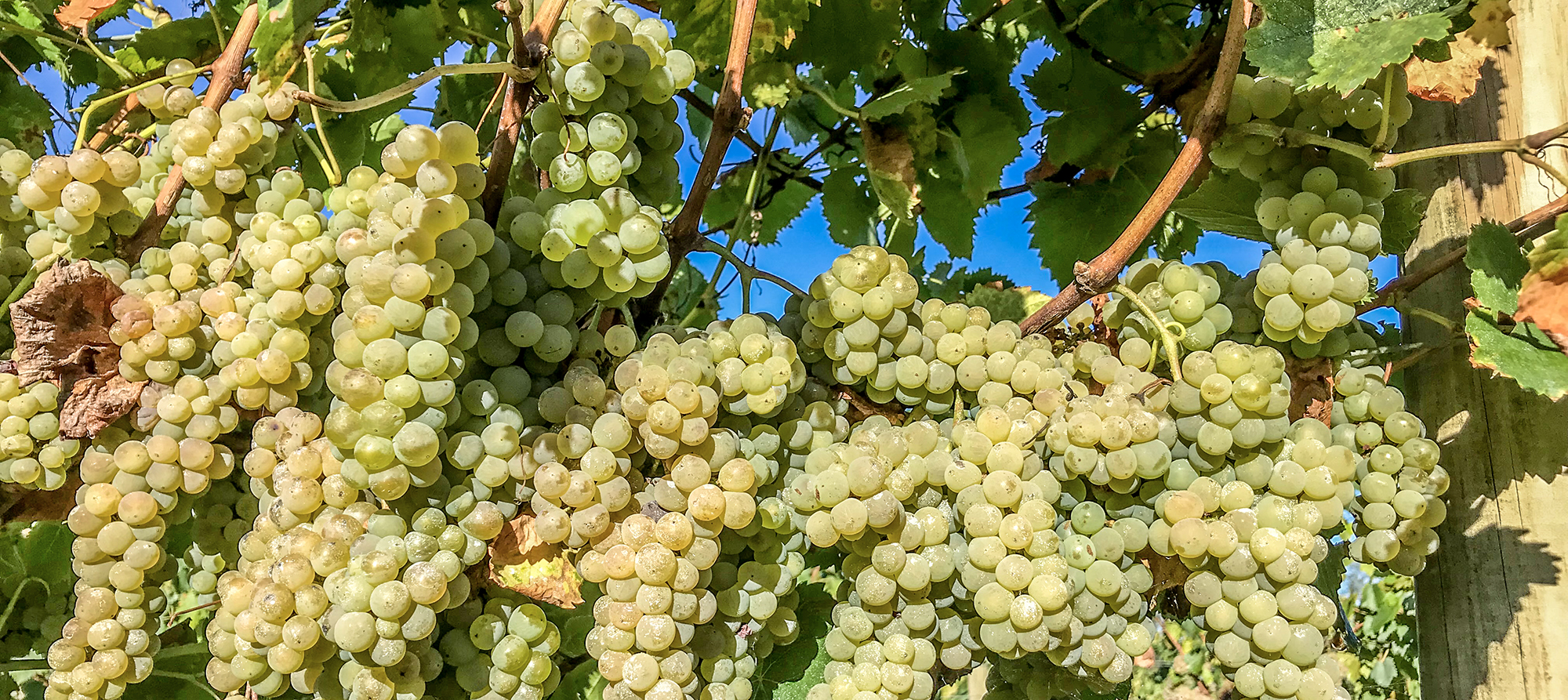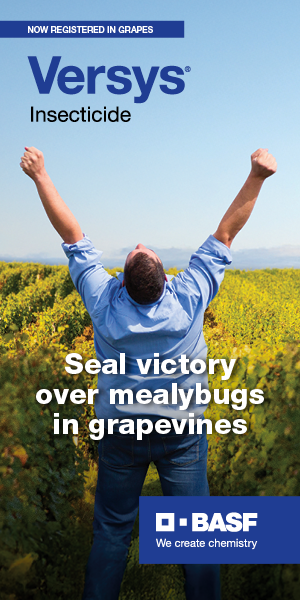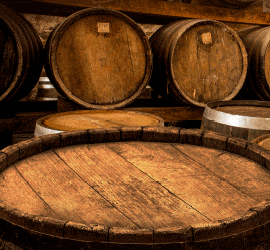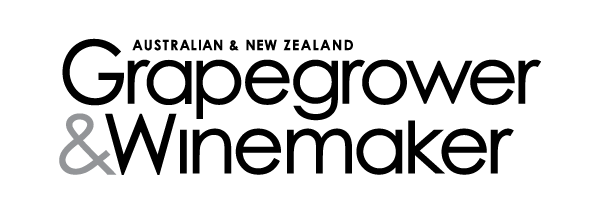Nothing cheesy about Pecorino
By Suzanne Little, winemaker, The Little Wine Company, Hunter Valley, New South Wales
The Little Wine Company was established by winemakers Ian and Suzanne Little. Their winery is located in the Broke Fordwich region of the Hunter Valley. Specialising in alternative varieties, The Little Wine Company made its first Pecorino from the 2021 vintage and is enthused about its future prospects.
Prior to forming The Little Wine Company in 2000, we had both spent our winemaking careers making the traditional Hunter varieties Semillon, Chardonnay and Shiraz and we wanted to do something different. From the outset The Little Wine Company has been focused on producing wines from new and emerging varieties.
In the 20 or so years we have been making alternative varieties there has been an enormous shift in the viticultural and consumer landscape; varieties that were new and emerging then, such as Sangiovese, Vermentino and Tempranillo, are now relatively mainstream. Consumer interest and a willingness to try new varieties has grown exponentially and although many of the varieties we produce remain niche they’re certainly not obscure. Pecorino, on the other hand is, for now, a pretty rare species.
A charming tale…
Pecorino is an ancient variety most commonly found in the Abruzzo region of Italy. Among Pecorino’s many wonderful attributes is the charming tale of how the variety got its name. As the story goes, the shepherds would bring their sheep (‘pecora’ in Italian) down from the mountains through the vineyards of Abruzzo. The sheep would eat the sweet white grapes along the way and, by way of compensation, the shepherds would give the grapegrowers a gift of Pecorino cheese.
Charming tales aside, plantings of Pecorino in the Abruzzo region have grown from 70 to 2500 hectares over the last 20 years, signalling a recognition of this variety’s great potential. The wines have also seen a commensurate increase in price with some Italian wines fetching close to AUD$50 a bottle. The styles of Pecorino coming out of Abruzzo vary from lean, intensely mineral examples at lower alcohols to full bodied wines (some as high as 14.5%) with obvious malo and skin contact. However, if there is one common thread throughout the wines it would be their distinctive tangy acid profile.

Winemaker Ian and Suzanne Little, who founded the Hunter Valley’s Little Wine Company.
Why Pecorino?
Although The Little Wine Company specialises in alternative varieties, we don’t look to any new variety simply for its novelty factor. Playing the long game, any new variety needs to be well suited to the climate challenges we will face, and it needs to make a meaningful addition to what the Hunter Valley already has to offer.
Much of the thinking had already been done many years prior to our decision to plant Pecorino. When selecting varieties to import into Australia, the Chalmers family takes into consideration current market styles, positive viticultural attributes and drinkability of the varieties. In 2018, when Kim Chalmers came to the Hunter with some sample batches of new varietals, Pecorino had already been vetted for the Hunter climate, its inclusion based on its disease resistance, thick skins, heat tolerance and high natural acidity. In terms of drinkability the Pecorino was the standout in the tasting. The subtle texture, crunchy red apple flavour and the acid profile all made for a very appealing wine.
We sell more than 80% of our production direct to consumer, so we have a pretty good understanding of what our customer base is looking for and how they will react to new wines. At our Pokolbin cellar door, we’ve seen a move toward whites such as Vermentino that have weight without oiliness and crispness without searing acidity. In contrast, we’ve noticed a decline in popularity for overtly fruity wines such as Verdelho and Pinot Gris. So, we decided to take a punt on Pecorino.
Viticulture
Across the Hunter Valley there are four vineyards planted to Pecorino and we make the wines for two of the four vineyards. In 2019, 1000 vines were planted to clone VCR 485 on a southeast facing slope at Mount Broke in the Broke Fordwich sub region of the Hunter Valley. In 2021 the block was extended with a further 600 vines of VCR 485.
We also take the fruit from another vineyard, Brycefield, in the Lovedale region which is planted to VCR 417 and VCR 485. One of the most noticeable features of the variety are the bunches themselves. Long, cylindrical bunches, often with two wings almost the same length as the main bunch, giving the appearance of a three headed monster. It also can have a highly congested fruit zone and we anticipate fruit thinning may be required in future years.
2021 was the first commercial crop for both vineyards and we harvested a total of 2.6 tonnes across the two. In 2022 this increased to a total of nearly 20 tonnes. Both vintages were cooler with plenty of rainfall until mid-January, but Pecorino sailed through with relative ease. A tendency to defoliate early, leaving bunches exposed, was the only concern in 2022.
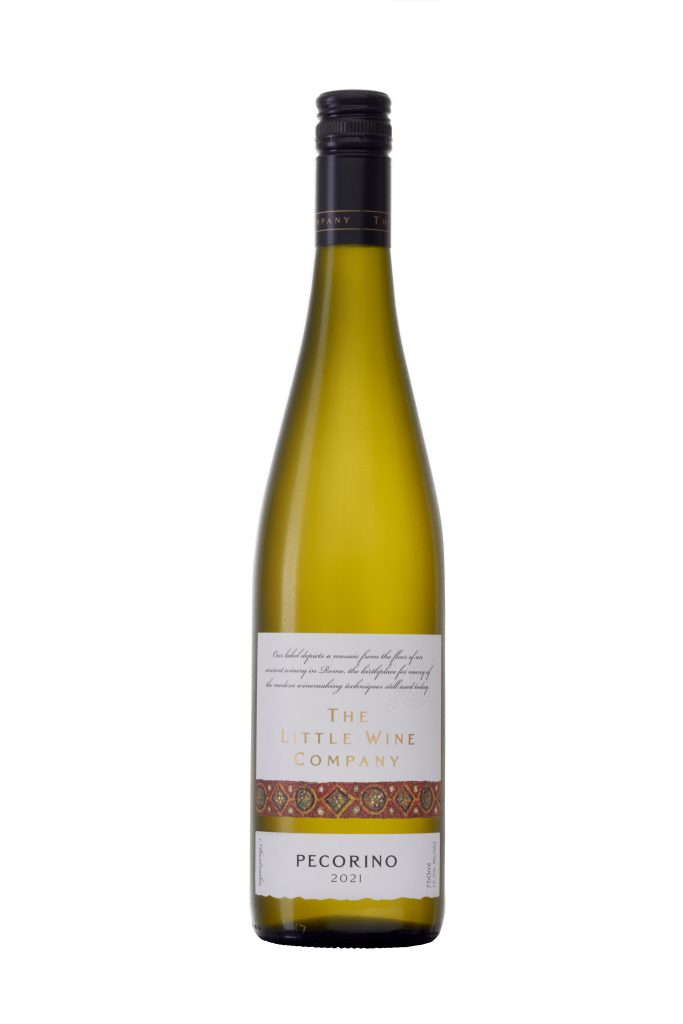
Winemaking
2021 was our first Pecorino and we played it with a pretty straight bat; we simply wanted to observe the natural flavour profile of the variety. Both vineyards were hand harvested on the same day, coming in at around 12.3 Baume. We were warned the skins can be bitter, so we had the fruit in the press and drained off within two hours. Free run juice went directly to tank with two pressings cuts after that. The free run juice showed delicate pink lady apple and pear flavours. We used a neutral yeast and fermented the free run separate to the pressings. The wine was left on yeast lees in tank for eight weeks then bottled using only the free run portion. The 2021 Pecorino is quite delicate, with some white flower aromatics and a fairly crisp, zippy finish.
In 2022 we had a lot more fruit to play with and we have made four separate Pecorino wines, two for our own label and two for contract clients. This year we harvested both vineyard sites at under 12.5 Baume with total acids between 7.8-8.9g/L. We machine harvested one block with no discernible increase in bitterness from the skins (we suspect the bitterness occurs at higher Baumes).
For our single vineyard Little Gem label we hand harvested the fruit and fermented 20% in French oak with half of the oaked component being on full solids with indigenous yeast. The wine is textural and a bit funky and will provide a nice contrast to the simpler, fruit forward style we produce under our main label.
Looking forward
Both Pecorino vintages to date have been cooler with above average rainfall, so we are yet to see how the variety performs in a hot year. However, given it is an early ripening variety that retains high natural acidity we anticipate it will perform well given good canopy management to avoid sunburn. From a commercial aspect the first vintage has been well received by trade and media and, most importantly, by our customers. The interest and enthusiasm surrounding this variety is encouraging so we are seeing a bright future for this little ovine variety.
Pecorino
By Peter Dry, Emeritus Fellow, The Australian Wine Research Institute
Background
Pecorino (peh-koh-REE-no) is a white grape variety that appears to have originated in central eastern Italy. It is now grown in the Marche region and in neighbouring Abruzzo, as well as in Puglia, Umbria and Lazio. Since the late 1980s Pecorino has been revived. In 2001 ‘Pecorino di Offida’ in the Marche region was raised to DOC status. It is used for both varietal and blended wines. Global area in 2010 was 1228 hectares, close to 100% in Italy. Synonyms include: Arquitano, Biancuccia, Bifolchetto, Bifolco, Bifolvo, Dolcipappola/o, Forcese, Forconese, Iuvino, Juvino, Lanzesa, Moscianello, Mosciolo, Mostarello, Norcino, Pecorella, Pecorello, Pecorello di Rogliano, Pecori, Pecorina, Pecorina Aquitanella, Pecorina Arquatanella, Pecorino Bianco, Pecorino de Arquata, Pecorino di arquata, Pecorino di Osimo, Piscianino, Promotico, Sgranarella, Stricarella, Trebbiano Viccio, Uva Cani, Uva degli Osti, Uva Dell’occhio Piccola, Uva delle donne, Uva delle Donne, Uvarella, Uvina, Vecia, Verdicchio Bastardo Bianco, Vissanello, Vissanello Bianco. Note: the variety known as ‘Pecorino’ in Calabria is actually Greco Bianco (syn. Pecorello Bianco). Pecorino was introduced to Australia by Chalmers Wines in the mid-2010s and there are currently just a handful of Australian producers making Pecorino wines in Heathcote, Hunter Valley and Adelaide Hills.
Viticulture
Budburst is mid-season and maturity early. Vigour is low to moderate with semi-erect growth habit. Bunches are medium and well-filled to compact with small to medium berries. Yield is moderate. In Italy it is generally pruned to canes, but spur pruning is also used in Australia. It is reported to have good tolerance of downy mildew, but is susceptible to oidium.
Wine
Pecorino wines may vary with environment and winemaking, but generally have good acidity and richness on the palate. The following descriptors are commonly used: fresh, spicy, ripe fruit, floral and almond, with minerality and possibly slight bitterness. The variety has potential for sparkling base in warm climates.

